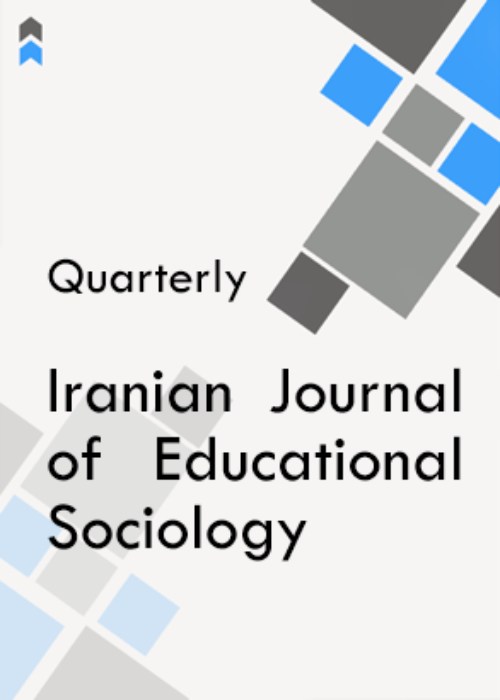Pathology of Shahab National Plan in Primary Schools of Shahryar, Iran
This paper aimed to examine the pathology of Shahab national plan in primary schools of Shahryar, Tehran, Iran.
This research was conducted with a mixed exploratory method, that is, firstly, using semi-structured interviews and a qualitative method of the fuzzy Delphi type, the harms of Shahab National Plan were identified and prioritized, then the current situation of the harms was investigated using a quantitative descriptive-survey method. The statistical population of the qualitative part of the research was specialists and experts working in the Ministry of Education as well as university professors. The sampling method in this section was a targeted method, according to the principle of theoretical saturation, 15 of them were selected as a sample. The statistical population of the quantitative part of the research was made up of all the fifth grade teachers of the elementary school of Shahryar city, whose number was 441 in the academic year of 2018-2019. To determine the sample size in this section, the Cochran formula table was used and 230 people were selected as a sample, whose selection method was cluster random. The research tools were semi-structured interview, fuzzy Delphi questionnaire and researcher-made questionnaire. Reliability and validity in the qualitative part were obtained according to the audit strategies of the research. In the quantitative part, the reliability of the questionnaire was confirmed through Cronbach’s alpha test, and it was used to confirm the formal and content validity of the questionnaire from the experts’ point of view. To analyze the results in the qualitative part, content analysis of interviews and fuzzy Delphi were used, and in the quantitative part, one sample t-test was used in SPSS.
Based on the qualitative findings, the harms of Shahab plan were identified and prioritized in three areas: behavioral (including 14 harms), structural (including 19 harms) and contextual (including 25 harms). According to the analysis of quantitative data, the current state of harms was examined from the teachers’ point of view.
The results of one sample t-test showed that most of the harms are at a level higher than the assumed average of the community and a few are at an average level or lower than the average.
- حق عضویت دریافتی صرف حمایت از نشریات عضو و نگهداری، تکمیل و توسعه مگیران میشود.
- پرداخت حق اشتراک و دانلود مقالات اجازه بازنشر آن در سایر رسانههای چاپی و دیجیتال را به کاربر نمیدهد.



